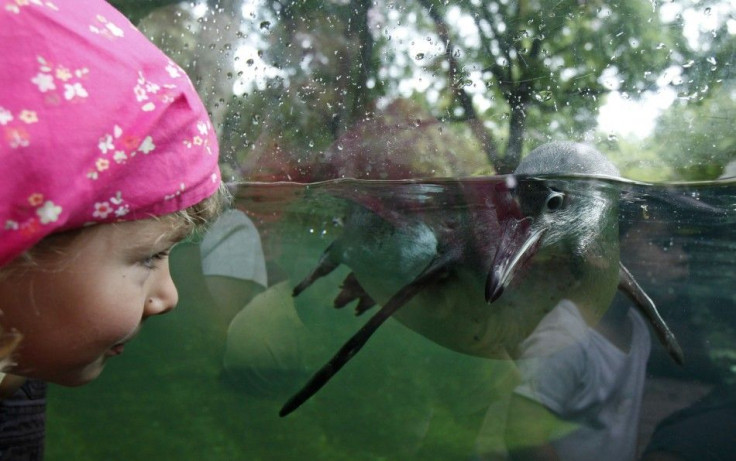Humans are Hardwired to Respond to Animals

No matter how immersed we are in the high-tech modern world, a new study finds that the human brain is hardwired to respond to animals.
Animals have been an important source of both food and fear throughout human history, and they have helped to shape our evolutionary path. Years of running from and running after animals have apparently left a mark on the human brain - just looking at a photo of an animal jolts our brains into actions.
At least, these are the findings of a new study published in the latest issue of Nature Neuroscience.
It is important for the brain to be able to rapidly detect animals. The reasons for this are probably several, but would likely include the need to avoid predators and catch prey, Ralph Adolphs, co-author of the study and professor of psychology, neuroscience, and biology at the California Institute of Technology, explained to Discovery News.
These abilities are at once critically important to survival and yet very difficult to do, added Adolphs. Both predator and prey detection requires fast, real-time detection of shapes that are often camouflaged in a cluttered environment.
When shown pictures of animals, a particular part of the amygdala - a structure central to pleasure and pain, fear and reward - reacts instantly. Put simply, viewing an animal in your yard, or even a shark on your TV could invoke cognitive tricks inherited from our ancestors who walked on four legs.
Adolphs, along with project leader Florian Mormann, did their research while recording how the brains of 41 neurosurgical patients undergoing epilepsy monitoring responded to images of people, landmarks, animals, or objects.
The 41 people received surgery for drug-resistant epilepsy, but prior to the surgery, doctors needed to map their minds, inserting electrodes into different parts of their brains and measuring neuron-by-neuron responses to stimuli.
During 111 experimental sessions, the researchers observed the subjects' brain activity as they lay in bed, viewing roughly 100 images per session.
When the patients viewed pictures of animals, activity spiked in the right amygdala, in the brain's right hemisphere. Full mapping showed that these animal-related areas were uninvolved in the patient's epilepsy.
As the finding extends across many patients, it would imply something universal, co-author Christoph Koch, also a California Institute of Technology neurobiologist, told Wired. As universal as the much better-known brain asymmetry for reading text and for comprehending and producing language.
Because the human brain springs into action after merely viewing a photograph of an animal, researchers suspect that the level of specialization is intense.
[The photos] mobilize the brain's resources to process information about them. The amygdala helps us to detect that there is an animal out there, and we can then pay attention to it, encode it into memory, and mount a behavior response, Adolphs explained to Discovery News.
This led researchers to believe that because animals were so incredibly important during evolutionary history, they merited a dedicated processing area in the brain.
This is not unique to humans. The researchers argue that hints of it appear in animals' tendencies to favor one eye, and thus one side of the brain, when scanning for food or predators.
For more on the study: http://www.nature.com/neuro/journal/vaop/ncurrent/full/nn.2899.html
© Copyright IBTimes 2025. All rights reserved.






















